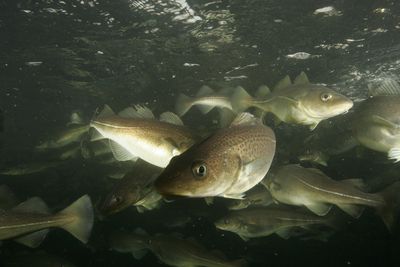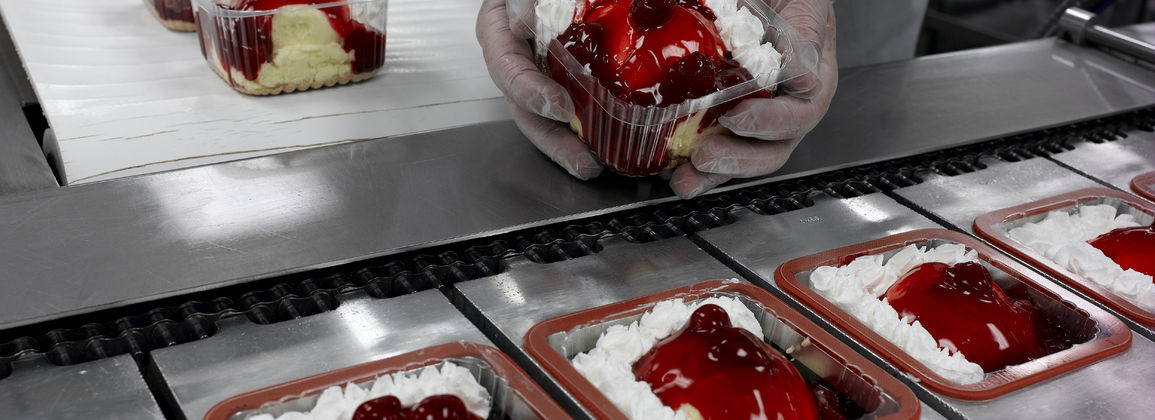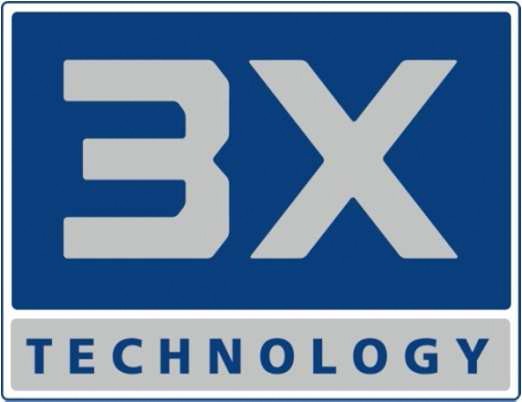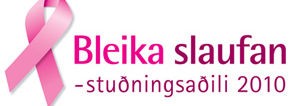Various interesting questions are answered regarding the condition of cod and processing properties. A project has just been completed which examined, among other things, carcasses according to season, the effect of carcasses on fillet utilization and whether the condition of the liver could give an indication of carcasses and processing utilization.
The AVS project Let's take a closer look at the yellow from the tickets in the stomach - a study of factors that affect the value of cod catches has just finished. The aim of the project was to gather more detailed information than has previously been done on the chemical composition, processing properties and value of cod in the value chain, based on accurate traceability. The endpoint of the study was frozen cod fillets and therefore the study does not cover the links related to transport, retail, etc. One of the aims was to increase knowledge of the relationship between the fat content of the liver and the liver index on the one hand and the body mass index on the other. In this way, it would be possible to obtain important information about the condition of cod around Iceland.
The condition of fish is assessed in two ways. On the one hand, the body mass index (ratio of weight to length squared) is calculated, and on the other hand, the liver index (ratio of liver to the weight of the fish). If the fish is in good meat, it is an indication that there is plenty of food and its condition is good. When a fish has enough food, it also builds up a reservoir in the liver; the larger the liver, the better the condition of the fish. But the actual condition of the fish is only good if the percentage of fat in the liver is high.
To date, livers have been weighed in MRI stock surveys and the condition of fish has been assessed on the basis of body and liver coefficients. However, it was not known how good this assessment was on the actual condition of the fish as the percentage of fat in the liver was not known in cod off Iceland. The results of the AVS project showed that there was a positive relationship between hepatic index and liver fat content. However, the relationship was not linear, but the fat content increased rapidly at a low liver factor but less as the liver factor increased. Likewise, the fat content of the liver increased with length and age in both hens and females. However, there was no relationship between fish body and liver fat content.
The body mass index therefore only gives information about the body of the fish, not whether it has accumulated long-term nutrition in the liver. The results of this project indicate that the liver index gives good indications of the condition of the cod. With the results of the project, it would be possible to assess the fat content in livers that have been weighed in the MRI's stock measurement expeditions. Although it does not provide accurate fat measurements, it is possible to take the assessment into account when examining the condition of cod.
The results for the processing properties showed that the fat content of the liver, the weight of the fish or the meat coefficient do not give any decisive evidence of fillet utilization. In the future, the relationship between the ratio of fat in the liver to the liver factor should be better studied and whether and how various factors, such as temperature, affect the relationship.
There is good knowledge about the processing properties of cod in terms of season, fishing area, handling and other conditions during fishing. However, the relationship between sex, sexual maturity, food status and age of fish with processing characteristics is not as well known and therefore emphasis was placed on investigating the importance of these variables on cod processing characteristics in this AVS project.
The results show that gender and age do not have a statistically significant effect on fillet utilization and release. On the other hand, puberty seemed to have some effect on fillet utilization, i.e. immature fish have a somewhat better utilization than sexually mature fish. There was also a difference in the release of fillets between individual fishing trips and this difference could be caused to some extent by puberty. It should be noted, however, that there was a considerable imbalance in the database regarding the distribution of sexual maturity in individual fishing trips, and relatively few samples were of mature fish compared to immature fish. It is therefore necessary to carry out a detailed study of puberty in order to reach a decisive conclusion about its connection with fillet utilization and release.
Chemical composition results showed that there was no statistically significant relationship between iron, selenium, lead, or organic matter (PCB7) concentrations and sex, age, or puberty. There was, however, a statistically significant relationship between the concentration of mercury in cod fillets and age / length. It is known that mercury accumulates in the flesh of fish with age and the results of this study are therefore in line with and based on previous results in this field.
The project has involved a very extensive data collection, where many parties have been involved in sampling and measurements at the various stages of cod processing, as well as age analysis and chemical measurements of both fillets and liver. The project has established a collaboration on sampling and sharing of data between the Directorate of Fisheries, the Marine Research Institute, Matís and the fish processing companies HB Grandi and Guðmundur Runólfsson. This collaboration has enabled us to gather more detailed and better data, thus leading to significant synergies and better utilization of research funding. It is already clear that the project will lead to further collaboration in the future.
Project manager's report: A closer look at the yellow from the target in the stomach - a study of factors that affect the value of cod catches
AVS reference number: R 077-07









